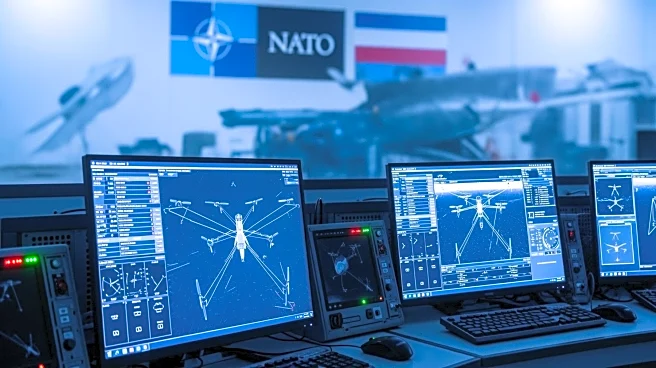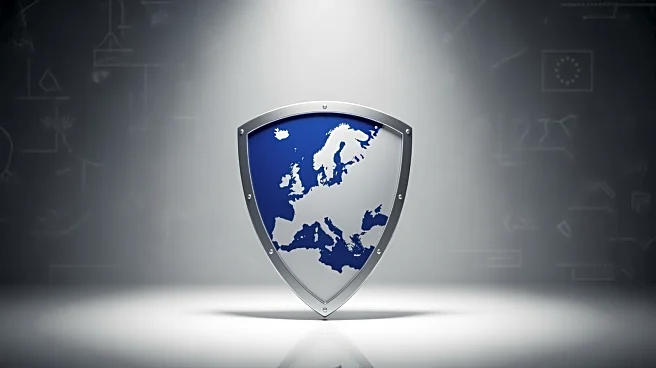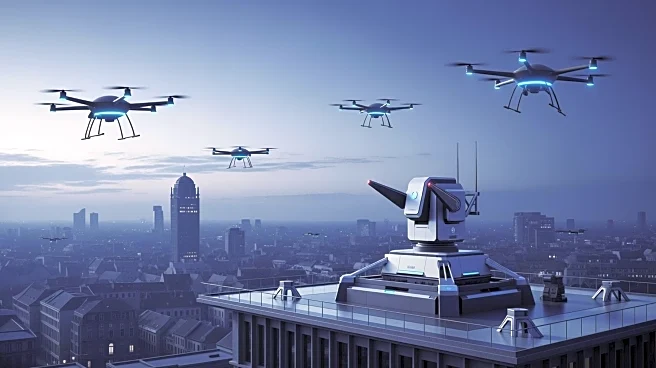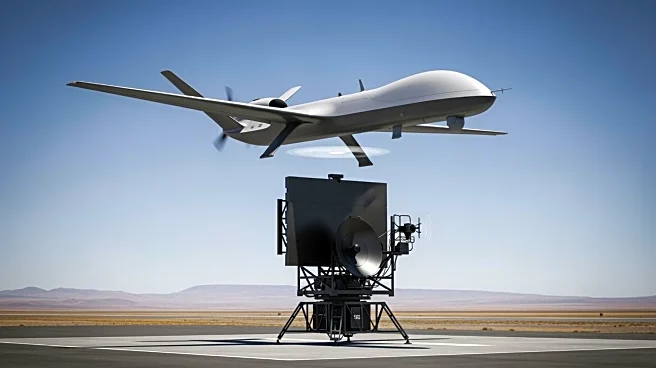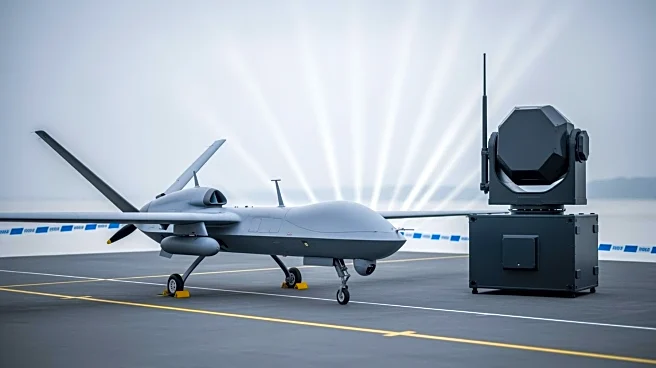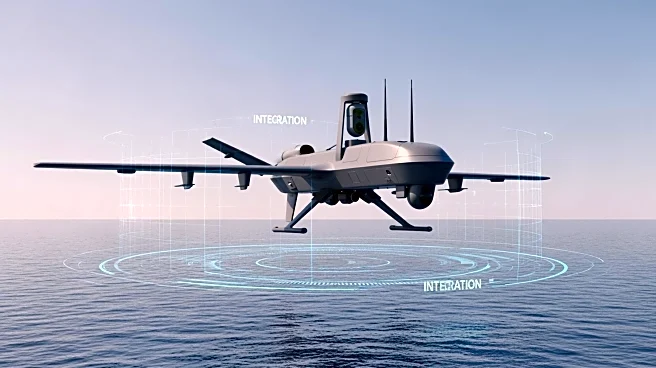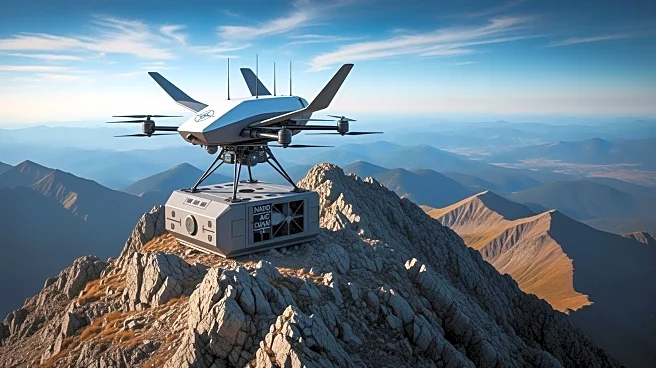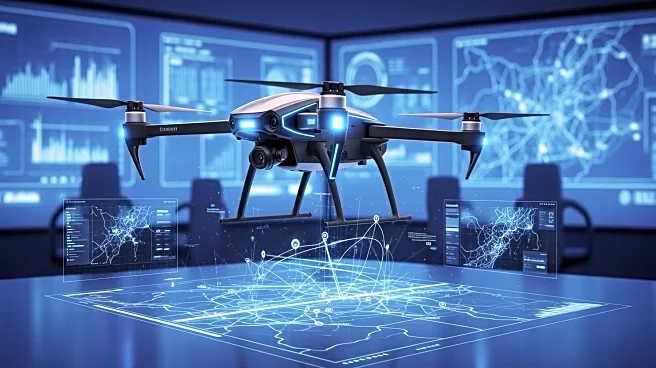What's Happening?
DroneShield has announced the deployment of its new command-and-control software, DroneSentry-C2 Enterprise (C2E), to an unnamed country on NATO's eastern flank in Europe. The system is designed for large-scale counter-unmanned aircraft system operations,
connecting various sites such as military installations, airports, and energy infrastructure into a network. This integration allows for centralized UAS alert management and operational readiness monitoring, enhancing security across critical infrastructure. The deployment is set for early 2026, reflecting a shift in focus among C-UAS users towards embedded software solutions.
Why It's Important?
The deployment of DroneSentry-C2 Enterprise is significant as it enhances the security and operational efficiency of critical infrastructure in a region with heightened geopolitical tensions. By centralizing threat management and improving situational awareness, the system supports NATO's strategic objectives in deterring aggression and protecting national interests. This move also highlights the growing importance of software solutions in defense operations, potentially influencing future procurement and deployment strategies within NATO and allied countries.
What's Next?
As the system is deployed, stakeholders will likely monitor its effectiveness in real-world scenarios, potentially leading to further adoption across other NATO member states. The success of this deployment could drive innovation in C-UAS technologies, prompting other defense companies to develop similar solutions. Additionally, NATO may consider expanding the use of such systems to other regions, enhancing overall alliance security.
Beyond the Headlines
The deployment of advanced C-UAS systems raises ethical and legal considerations regarding surveillance and data privacy. As these systems become more integrated into national defense strategies, discussions around the balance between security and civil liberties are likely to intensify. Furthermore, the reliance on software-driven solutions may lead to increased cybersecurity challenges, necessitating robust protective measures.
